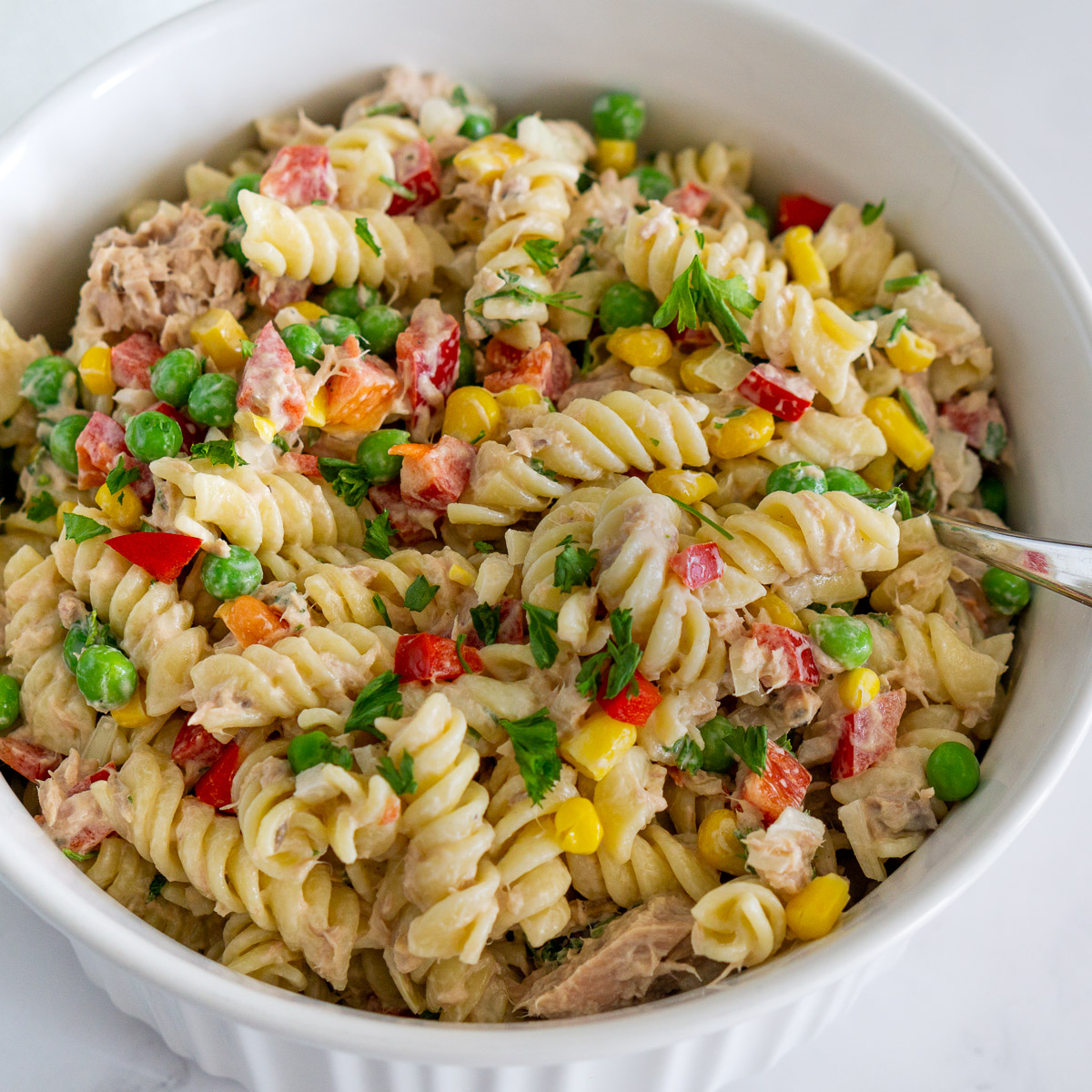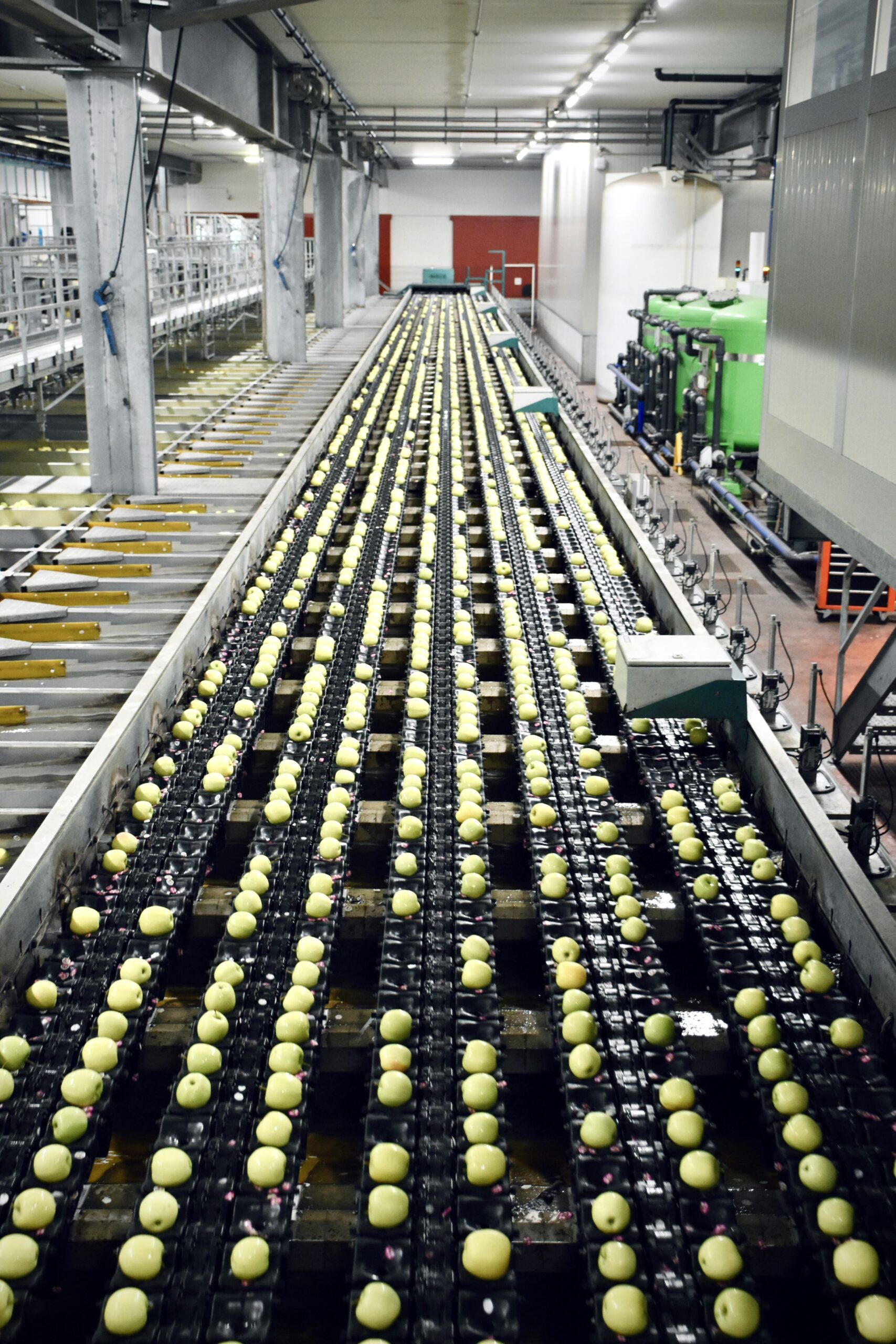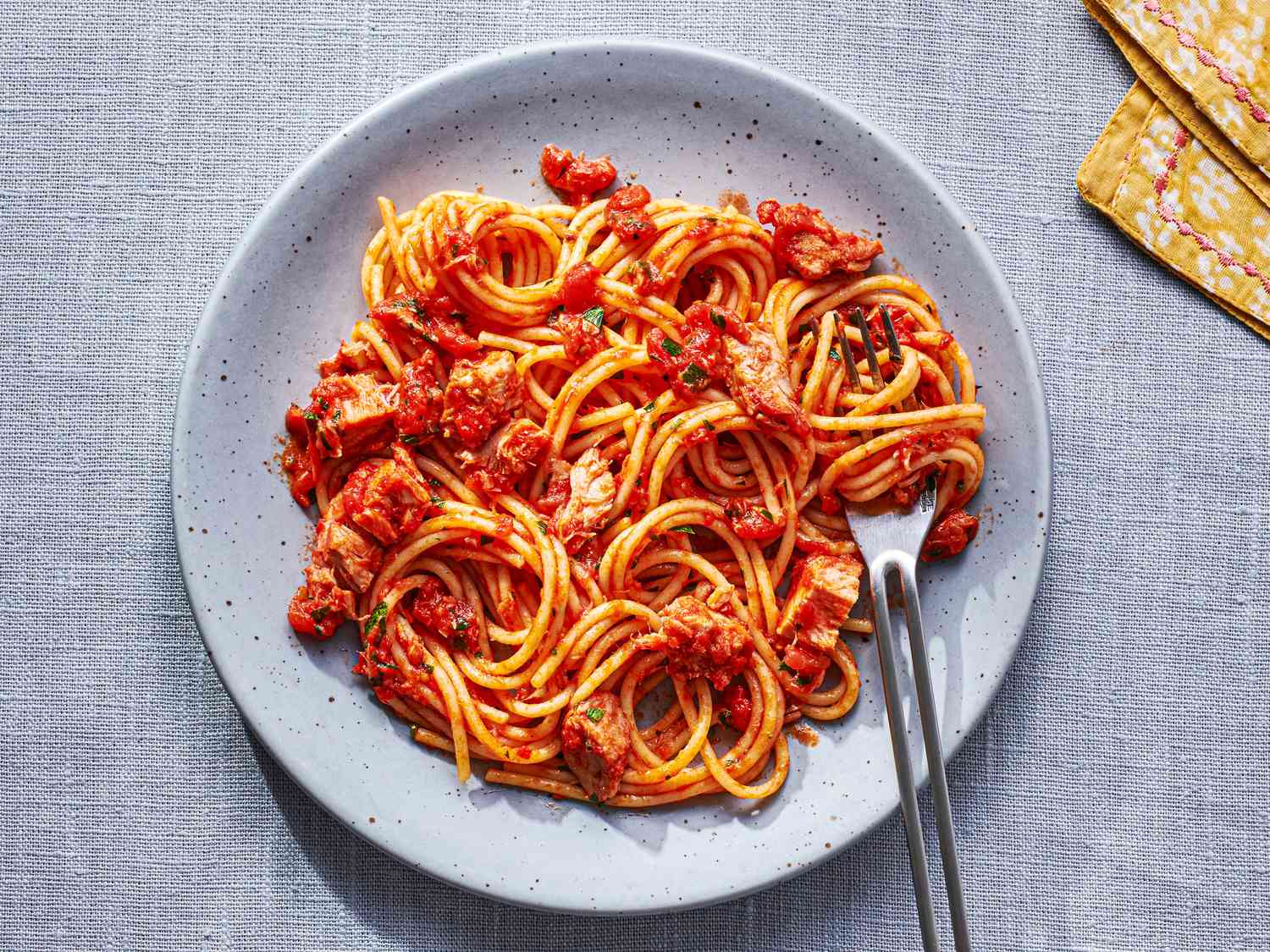Love tuna pasta but can’t finish it all in one go? No worries!
Yes, You can put warm tuna pasta in the fridge. Just let it cool down a bit, place it in a suitable container, and store it in the refrigerator. It’s safe for a few days, but it’s tastiest when eaten within that time.
In this article, you’ll show the easy steps to keep it tasty and safe in the fridge. Whether you’re saving for later or meal planning, we’ve got you covered. Let’s begin!
Warm Tuna Pasta in the Fridge: Storing Tips for Freshness and Safety
Cool Down: Allow the warm tuna pasta to cool down to room temperature before refrigerating it. Placing hot food in the fridge can raise its internal temperature and promote bacterial growth. Cooling to room temperature usually takes about 2 hours.
Transfer to Containers: Once it has cooled, transfer it to airtight containers or shallow dishes. Shallow containers work better as they allow for faster and more even cooling. Make sure the containers are suitable for the fridge and have tight-fitting lids.
Cover and Seal: Ensure the containers are properly covered and sealed. This step is crucial to prevent contamination and moisture loss. Use plastic wrap, lids, or aluminum foil to cover the pasta.
Location in the Fridge: Place it on the top shelf or in a designated area of the fridge. This prevents the warm tuna pasta from affecting the temperature of other foods in the fridge and reduces the risk of cross-contamination.
Refrigerator Temperature: Check and maintain the temperature of your refrigerator. It should be set at or below 40°F (4°C) to keep food safe. Proper refrigeration inhibits the growth of bacteria.
Safe Storage Duration: Consume the stored tuna pasta within a few days. While it may remain safe for a longer period, it’s best to consume leftovers promptly to maintain quality and safety.
Essential Tips for Food Safety and Quality
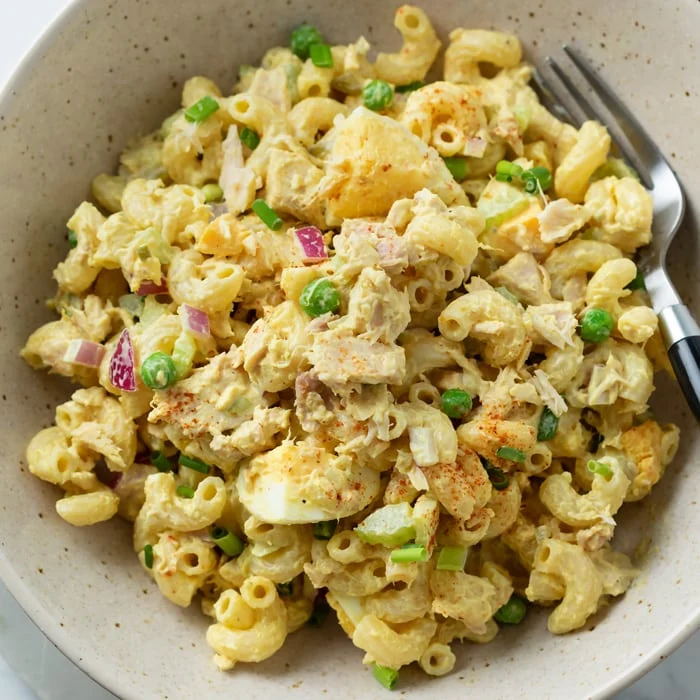
Refrigerator Temperature:
- Maintain the temperature of your refrigerator at or below 40°F (4°C). It inhibits bacterial growth and keeps food safe. Use a thermometer to monitor the internal temperature regularly.
Proper Organization:
- Store raw meat, poultry, and seafood on the lower shelves to prevent any juices from dripping onto other foods.
- Keep ready-to-eat foods like fruits, vegetables, and leftovers on higher shelves.
- Use designated drawers or compartments for specific items such as fruits, vegetables, and deli meats.
Food Storage Containers:
- Use airtight containers to store leftovers and other prepared foods. Airtight containers help maintain food quality and prevent odors from spreading within the refrigerator.
- Ensure that containers are clean and dry before storing food to prevent contamination.
Cover and Seal:
- Cover all food items, even those in covered containers, with plastic wrap, foil, or lids. This helps prevent moisture loss and contamination.
Food Labeling:
- Label containers with the date when the food was stored to keep track of freshness and avoid consuming expired items.
Avoid Overcrowding:
- Don’t overload the refrigerator, as it can obstruct airflow and lead to uneven cooling. Proper air circulation helps maintain consistent temperatures.
Food Hygiene:
- Ensure that food items are clean and free from visible contaminants before placing them in the refrigerator.
- Store raw meat and seafood in leak-proof containers or on trays to catch any potential drips.
Thawing:
- When thawing frozen items, do so in the refrigerator rather than at room temperature. This prevents rapid bacterial growth.
Regular Cleaning:
- Clean the interior regularly to prevent the buildup of mold, bacteria, and odors. Pay special attention to spills and food residue.
Check Expiry Dates:
- Regularly check the expiration dates on items in the refrigerator and discard any that are past their prime.
How to Cool Tuna Pasta Quickly?
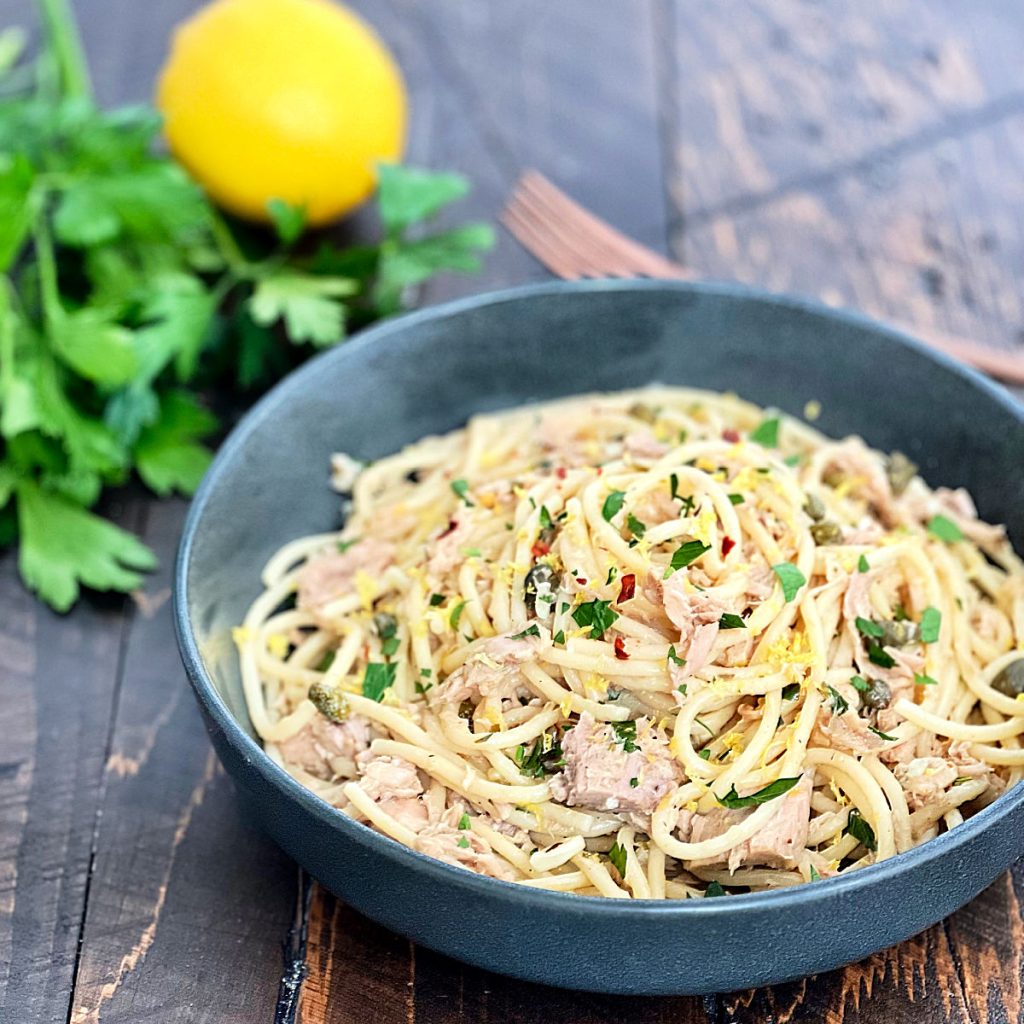
Portion Control: Divide your warm tuna pasta into smaller portions. Using shallower containers or separating it into individual servings can speed up the cooling process.
Ice Bath Technique: Create an ice bath by filling a large bowl with ice and cold water. Place your containers of tuna pasta into the ice bath, ensuring the water doesn’t seep into your food containers. Stir it occasionally to distribute the heat evenly.
Stainless Steel Trick: If you’re in a hurry, consider using stainless steel containers for it. Stainless steel conducts heat effectively, which can help your dish cool down more rapidly.
Surface Area Matters: Spread your tuna pasta out in a thin layer on a baking sheet or a large, shallow container. This increases the surface area, allowing heat to dissipate more quickly.
Room Temperature Pre-Chill: Allow it to sit at room temperature for a brief period before transferring it to the fridge. This initial cooling helps prevent an immediate temperature shock to the refrigerator, which can impact other stored foods.
Refrigerate Promptly: Once it reaches room temperature, place it in the fridge. Ideally, it should be in the refrigerator within two hours of cooking.
FAQs
How long does tuna pasta last in the fridge?
Tuna pasta can typically last in the fridge for 3 to 4 days if stored properly in an airtight container.
How long will cooked pasta last at room temperature?
A1: It’s not safe to leave cooked pasta at room temperature for more than two hours due to the risk of bacterial growth.
Can warm pasta go in a cooler?
A2: No, Coolers aren’t meant to lower temperatures like fridges. While they can help slightly during a short drive, it’s best to refrigerate warm pasta once you’re home, especially if the drive exceeds two hours.
Can I freeze pasta, thaw it, and then refrigerate it again?
A3: Yes, If pasta was thawed in the fridge, it can be refrigerated again for about three days. Make sure it’s in an airtight container. If thawed by another method, it’s best to consume it or discard the leftovers.
Should I leave pasta out to cool before using the fridge?
A4: No, Leaving pasta out at room temperature for more than two hours is not safe. Refrigerate it promptly to prevent the formation of dangerous bacteria.
Can hot food go in the fridge?
A5: Yes, Large amounts of hot food can strain the fridge and pose a bacterial risk. To mitigate this, divide large portions and refrigerate smaller amounts of warm pasta. Cooling it quickly with cold water or ice is also an option. For single meal-sized amounts, refrigerating hot pasta is generally safe as long as the fridge is functioning properly.
Final Words
To wrap up, putting warm tuna pasta in fridge is a safe and convenient way to store leftovers. By following basic food safety guidelines, such as proper cooling and refrigeration, you can ensure that your pasta remains both safe and enjoyable for several days.
This simple practice not only reduces food waste but also allows you to savor your favorite tuna pasta at your convenience while maintaining its quality.







